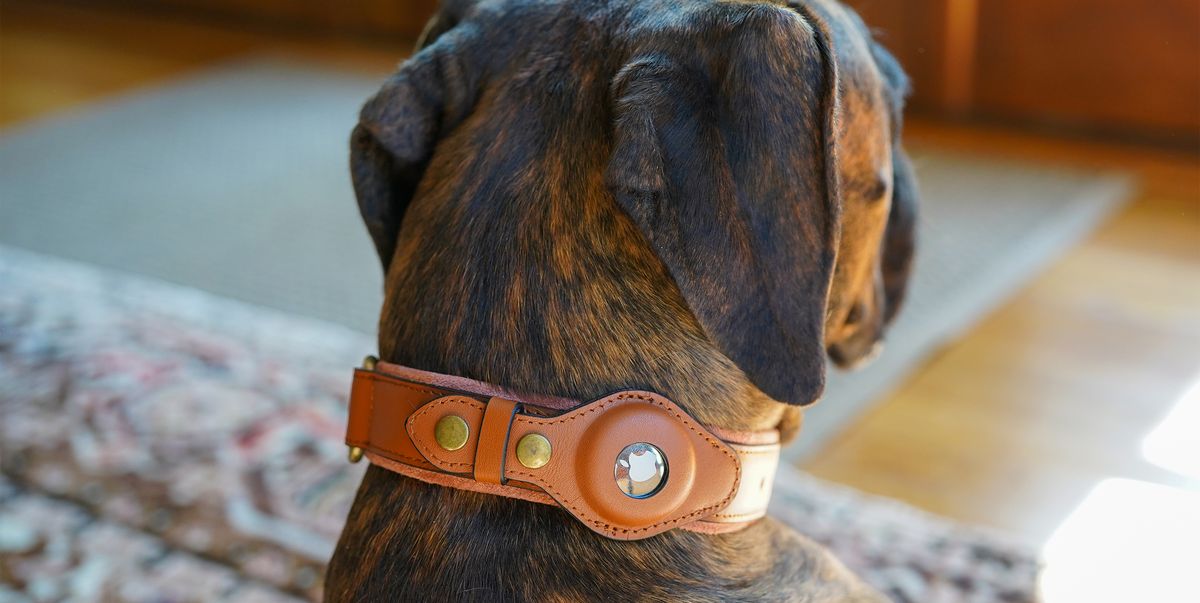In the case of our furry companions, the appropriate dog collar is a must-have accessory. Dog collars are utilized for numerous reasons including identification, style and security. With an abundance of options available finding the perfect dog collar for your furry friend can be a bit confusing.
Dog Collars Can Be Used in a Variety of Ways
The dog collar plays a crucial part in the daily life of your dog. We’ll look at how dog collars can aid your pet.

Safety and identification: A dog collar serves as a crucial tool for identifying your pet. The collar will usually have an ID tag attached with your contact info to make it easier to locate your pet in the event that they are lost. The tag is secured by the D ring that is attached to the collar of some of the finest collars for dogs. This makes sure that it will not fall off on walks or during playing.
Control and Training – Dog collars could be used to train and manage your pet. A standard collar, for instance, could be used as a leash to give you control when walking, or performing outdoors activities. If you’ve got a strong or anxious dog, a well-fitted collar will help you keep control and stop your dog from pulling in a disproportionate way.
Style and Personalization Safety and Function are vital however, personalization and style are essential too. Dog collars are available in a variety of kinds of materials, colors and styles, which allows you to show your pet’s personality as well as your personal style. A collar personalized with your dog’s name or with a design that you have created adds something special.
Types of Dog Collars
Knowing the various types of dog collars as well as their various purposes is vital.
Standard Flat Collar: The most common type of dog collar is the standard flat collar. They are easy to wear flexible, adjustable, and appropriate to wear daily. They are perfect for holding ID tags as well as attaching leashes to walk.
Martingale Collar: Martingale collars are specifically designed for dogs who are prone to slide out of traditional collars. The collars are tightened a bit when the dog pulls on the leash. This prevents escape without getting choked. Greyhounds, as well as other dogs with small heads are great choices for collars like these.
Prong Collars: Also known as pinch collars or prong collars are controversial, but they can be useful in certain training scenarios. Metal prongs are used to place pressure on a dog’s neck when pulling and thereby reducing this behaviour.
Head Collars The head collars, similar to the Gentle Leader and Halti can provide the dog with a head collar which allows them to direct their movements. These collars are ideal for dogs who are overly enthusiastic or have strong pullers.
Harnesses: Although not technically collars but they do merit to be mentioned. They can make dogs more comfortable, particularly those who are susceptible to problems with the trachea. Harnesses are a great option for small breeds and dogs with breathing issues.
The Most Effective Dog Collar
The size of your dog’s behavior, and your requirements will determine which collar will work best for your dog. Below are some aspects to take into consideration when making your decision:
The collar should be snug, but not be too tight. The collar should allow the user to put two fingers between it and the dog’s neck. Make sure the collar isn’t too loose because it could allow your pet to slide away.
Collars are available in many different materials like nylon, leather chain, and. Think about your dog’s comfort and your personal preferences. Leather collars can be more durable and fashionable however nylon collars are likely to be less heavy and easier to clean.
Safety Features: For safety you can choose collars with reflective strips that can make your dog more visible on night walks. Breakaway collars are also available with the ability to let go if your dog gets caught by an object, thereby preventing choke.
Choose a collar that is based on your dog’s personality. If your dog pulls the leash, then a martingale or no-pull collar might be appropriate. Standard collars may be sufficient for dogs that are calm and well behaved.
Style and Personalization: Show both your dog’s personality as well as the style of their collar by selecting one that is a reflection of them. Collars that are personalized or that feature unique designs can give some individuality to your pet’s appearance.
We also have a conclusion.
Dog collars are not only accessories but crucial instruments to keep your dog secure as well as well-trained and stylish. Be aware of factors such as the size, materials and safety features when choosing the right dog collar for your pet. A good collar can keep your pet in good health and looks great whether you are taking a stroll in the park or simply relaxing at your house.